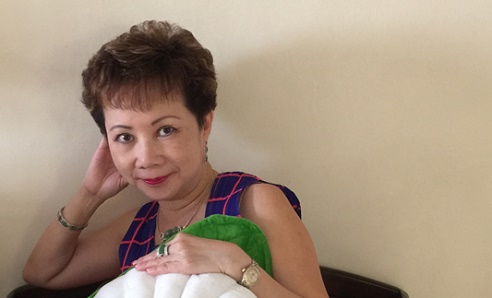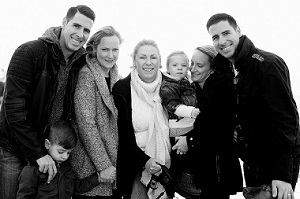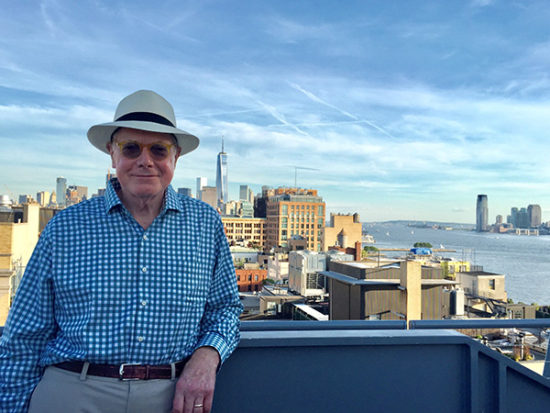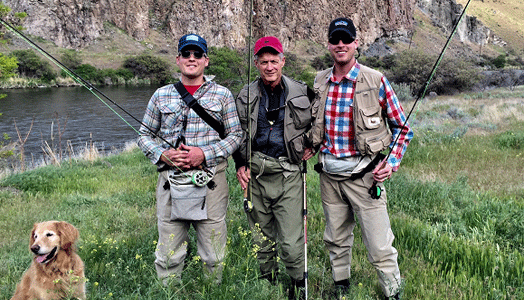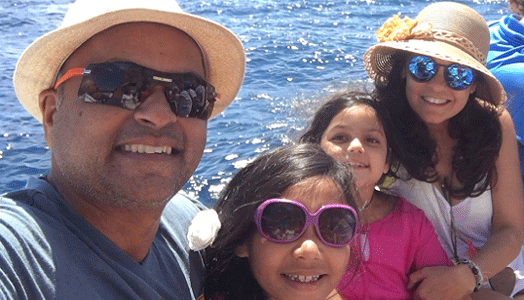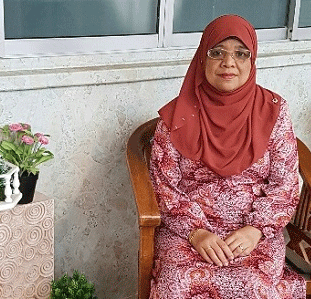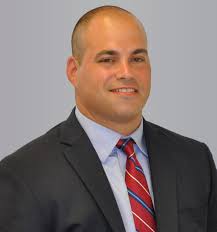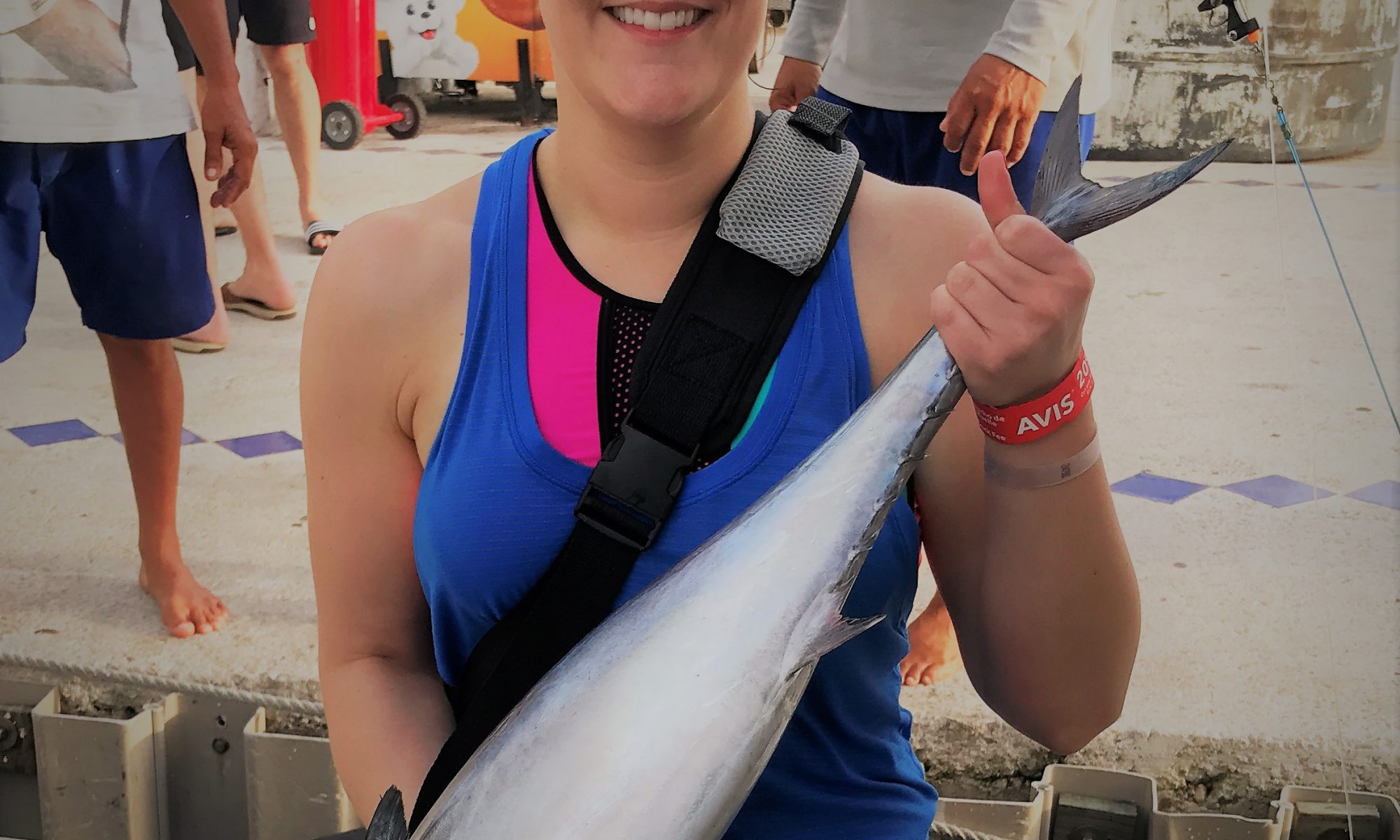| In a career that’s spanned more than five decades and is still going strong with Cushman & Wakefield, Augie DiRenzo, Vice Chairman & Global Advisory Board Member, has “been there” through sweeping changes to our firm, New York City, and the way we live and do business.
It all goes back to 1960, when, after two years in the U.S. Navy and after graduating from NYU night classes in finance, Augie took his first career position with Sperry Rand Company as a property tax accountant. But it wasn’t the right fit. Shortly after, while reading the New York Times Sunday Magazine, a full-page color ad promoting Cushman & Wakefield caught his eye—and he liked what he saw.
A born salesperson, Augie picked up the phone, got an interview, and promptly landed a position in property management bookkeeping at Cushman & Wakefield’s 281 Madison Ave. office for a salary of $90 per week. That was in 1961—the year John F. Kennedy was elected President.
Within two years, Augie was promoted to Rent Collection Manager for residential properties, reporting to John Cushman Sr. Around the same time, Augie’s brother Don DiRenzo was hired by the accounting department, and also went on to have a storied career with our firm.
Not long after, Augie moved over to the listing desk (today’s market research). There, he met a young Steve Siegel, who had joined Cushman & Wakefield in property management accounting (and went on to become Chief Executive Officer of CBRE), and they became lasting friends.
Augie joined brokerage in 1968 as a “canvasser” for the late Vincent J. (VJ) Peters. VJ, who became his mentor, was the youngest of the three legendary Peters brothers—Leon, Anthony, and Vincent—each of whom rose to become President & Chief Executive Officer of Cushman & Wakefield. “Working with VJ was a great experience I’ll never forget,” says Augie. “He was demanding but at the same time supportive and, above all, a close friend.”
Deal Upended: Toy Industry Building
In 1970, Augie canvassed a 700-square-foot travel agency at 609 Fifth Ave., which led to an introduction to the President of the Toy Industry Association. It developed into one of the largest and, as it turned out, most controversial lease transactions at the time: the consolidation and relocation of five of the top toy companies in New York (including Mattel and Tonka) from the Toy Industry Building at 200 Fifth Ave. into 350,000 square feet (sf) at Two Penn Plaza, built over the Penn Station. It was far from a done deal.
Months later, the toy building’s famous owner, Harry Helmsley stepped in with a brazen offer to take over the toy tenants’ lease obligations at Two Penn Plaza if they relocated back to 200 Fifth to prevent the defection of other toy companies. Money talks, and the companies all moved back. The good news, says Augie, is that “we collected our brokerage fee at Two Penn.”
Long Island Tour of Duty
In 1980, Augie opened the first full-service Cushman & Wakefield Long Island office. During his four years at the helm, he blazed trails, negotiating almost five million square feet of transactions. After this successful “tour of duty,” Augie moved back to the Midtown Manhattan office, where he continued to solidify relationships and deliver out-of-the-box solutions. He also served on Cushman & Wakefield’s Board of Directors before it was acquired by RCA.
2001 World Trade Center Complex Sale
Augie’s signature achievement—leading the sale of the World Trade Center (WTC) properties—is one mixed in pride and pain.
The deal unfolded in 1995 when the Port Authority of New York & New Jersey (PA) put the World Trade Center Complex out for tender on a 99-year net lease disposition basis. The 10.2-million-square-foot complex included the Twin Towers—then, the tallest buildings in the world—along with five other major buildings and retail space.
Augie contacted the “Port” and was told that only investment banks were being considered. He didn’t stop there. Instead, Augie approached Arthur Mirante, then Cushman & Wakefield President & Chief Executive Officer, and asked him to reach out to his contact at JP Morgan Chase (JPM) and put forward the idea of a joint-venture. The two firms joined forces and, in a ground-breaking decision, the PA awarded them the assignment.
“Our firm’s role was to support JPM in the due diligence process, including the market research, appraisal, project consulting on existing conditions, as well as to interface with JPM and provide regular updates to the port,” explains Augie, who led Cushman & Wakefield’s cross-service team.
The net-lease sale disposition process faced tremendous odds. During the mid-1990s, the New York commercial real estate market was in a deep recession with sky-high vacancy rates, including the WTC’s, which was over 30%.
Augie came up with a recommendation: Because there were “few takers”, he suggested that the Port Authority take the property off the market until conditions improved. The gamble paid off: Vacancy recovered, and, on July 24, 2001, the 99-year net lease was awarded to Silverstein Properties for $3.2-billion.
Less than two months later, the 9/11 tragedy struck.
On that shocking day, Augie was on a flight back to New York. The pilot announced that he had been ordered to land the plane immediately, and that’s when a passenger said the WTC had been attacked and destroyed.
Augie, who hired a limo to get back to New York City, recalls the “eerie feeling” when he first saw the Downtown Manhattan skyline across the Hudson River. The Twin Towers were gone and smoke filled the sky.
Practically every New Yorker knows of someone lost on that terrible day. Augie had friends and business associates who were at the WTC at the time of the attack. One close friend who worked for Cantor Fitzgerald was able to escape; however, another friend’s daughter, a young lady in her twenties, was not so fortunate.
So many years later, Augie says that, although “9/11 is a day that we will always remember,” he is gratified by the tremendous recovery of the Downtown area and success of One World Trade Center. “It’s a powerful symbol of the strength and resilience of New Yorkers, and the entire country,” he adds.
Strong Relationships, Full Pipeline
Augie is a colorful guy, who’s earned a tremendous amount of respect for his innovative thinking and loyal client relationships in one of the most competitive cities in the world. Still going full tilt, Augie and his team closed a number of major transactions in 2016, including the renewal of Starr Companies 210,000-sf HQ in New York City, and have a full pipeline of deals in place for 2017, many involving long-standing clients.
Below, Augie discusses what makes him tick and his incredible career: |


